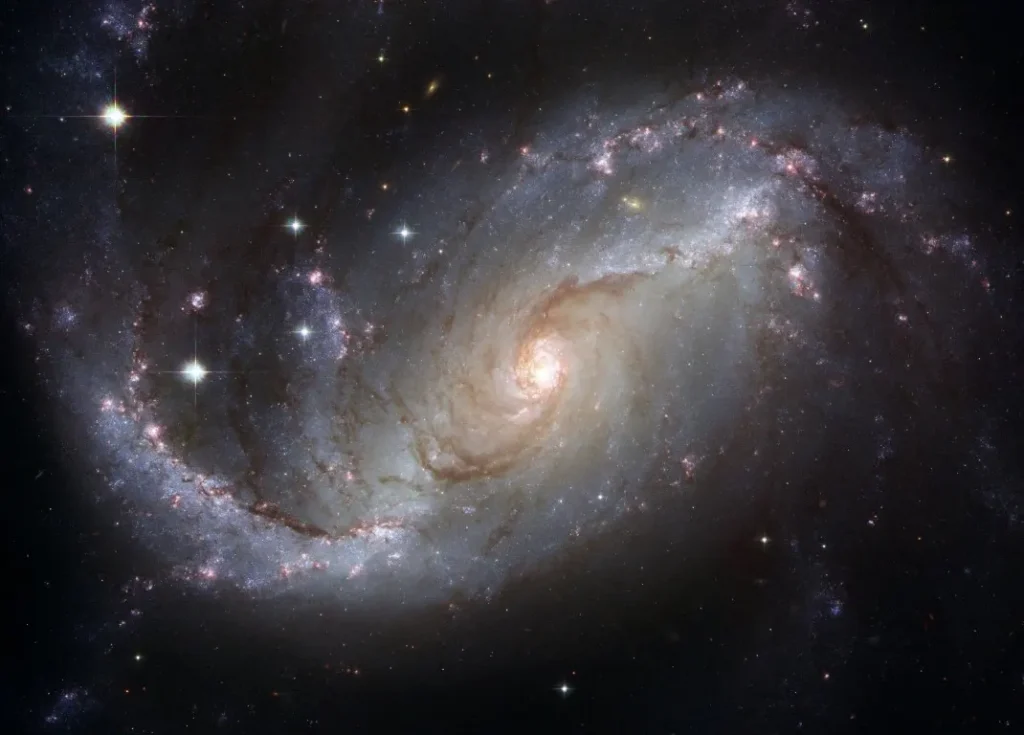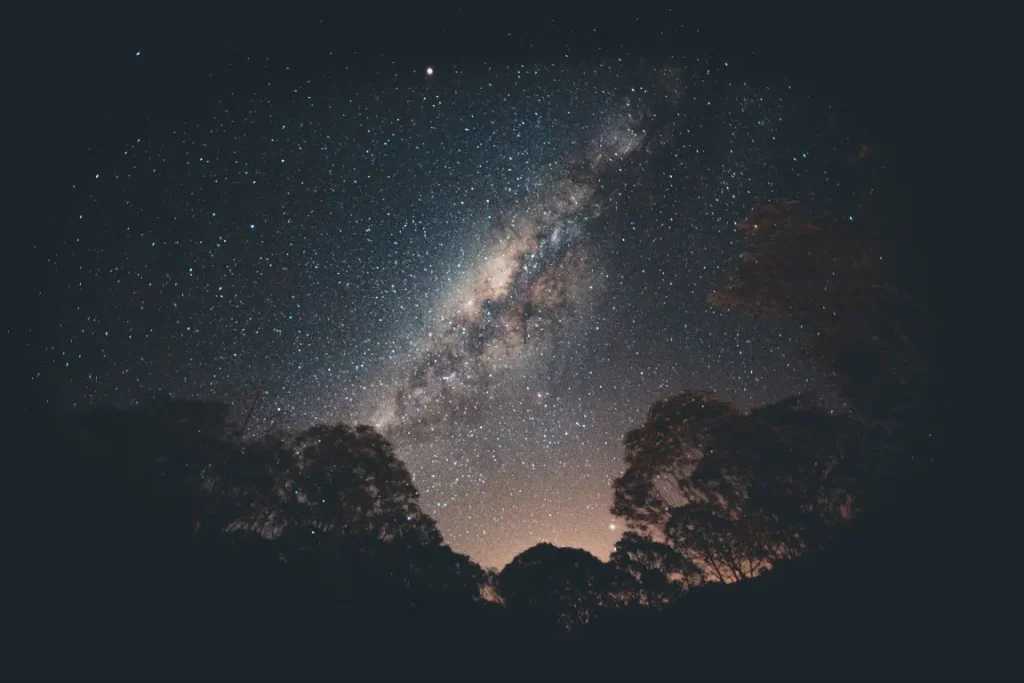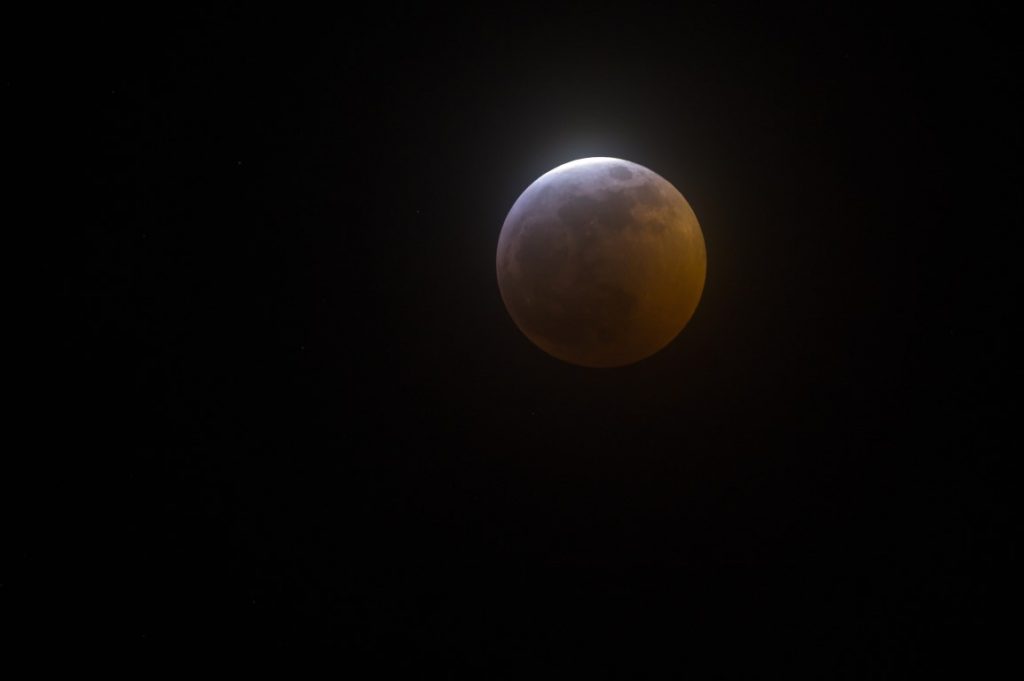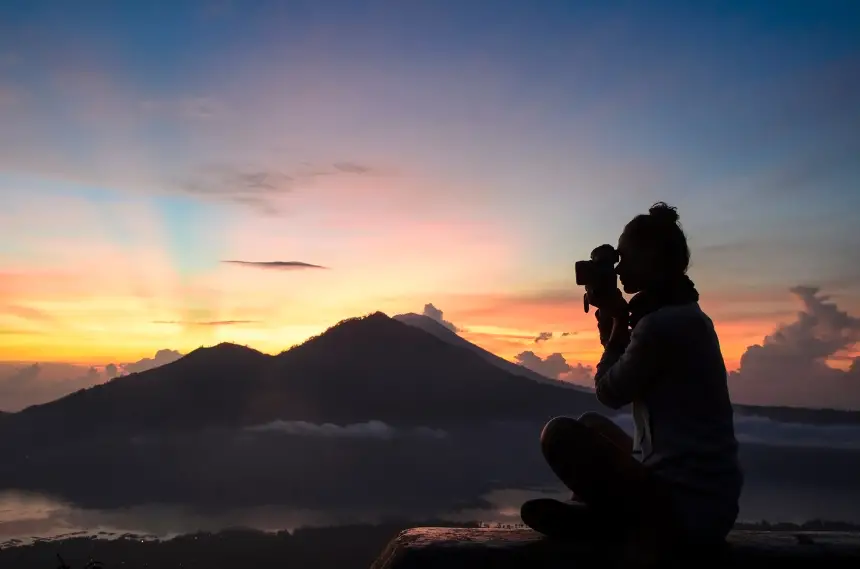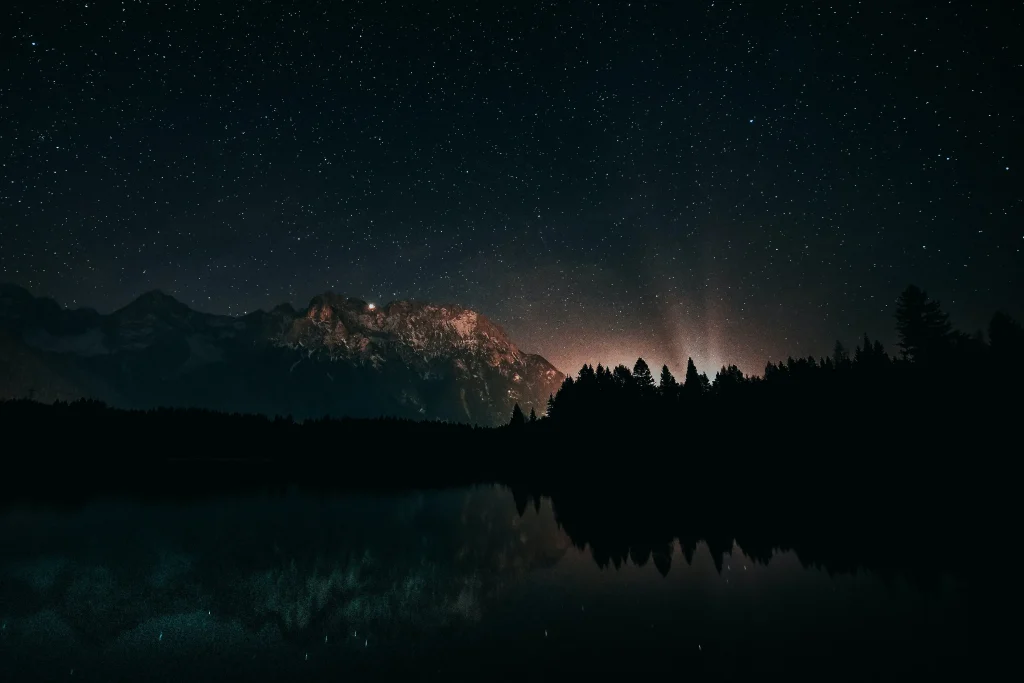
June is also a really good month for Astrophotographers to capture amazing photographs for their astrophotography journey.
Since this is the end of May, I did a research find out what would be the best astrophotography targets in the coming month, June.
So, in this article, I’m going to share my findings with you.
Best Astrophotography Targets on June 2023
- June 1st to June 3rd : Mars in MM4
- June 3rd : A full “Strawberry” Moon
- June 9th : A conjunction of the Moon and Saturn
- June 13th : Venus in M44
- June 18th : A Very Young Moon
- June 21st : June solstice
- June 10th to June 20th : June’s darkest skies
June 1st to June 3rd : Mars in MM4
During the transition from spring to summer, there’s a star cluster called the Beehive Cluster (M44) or Messier 44 that has bright blue stars.
It’s a famous sight in the sky during spring in the northern hemisphere.
Now, two planets are going to visit it. The first one is Mars, which will approach the cluster on Thursday, June 1st . It won’t be right in the center, so it’s a good chance to practice taking pictures.
But on the following evening, Mars will be right in the middle of the cluster, creating a beautiful sight.
However, you can try to capture it in pictures. To do that, you’ll need a camera with a 400mm lens.
Start with the settings ISO 400, f/5.6 aperture, and an exposure time of 1-2 seconds. You can adjust these settings based on your lens and experiment to get better results.
The main challenge is to make sure the stars in your pictures don’t look blurry or streaky, so zoom in and check if they are sharp
June 3rd : A full “Strawberry” Moon
You can see the final full moon of spring, the ‘Strawberry Moon’ is the lowest-hanging full moon of the year.
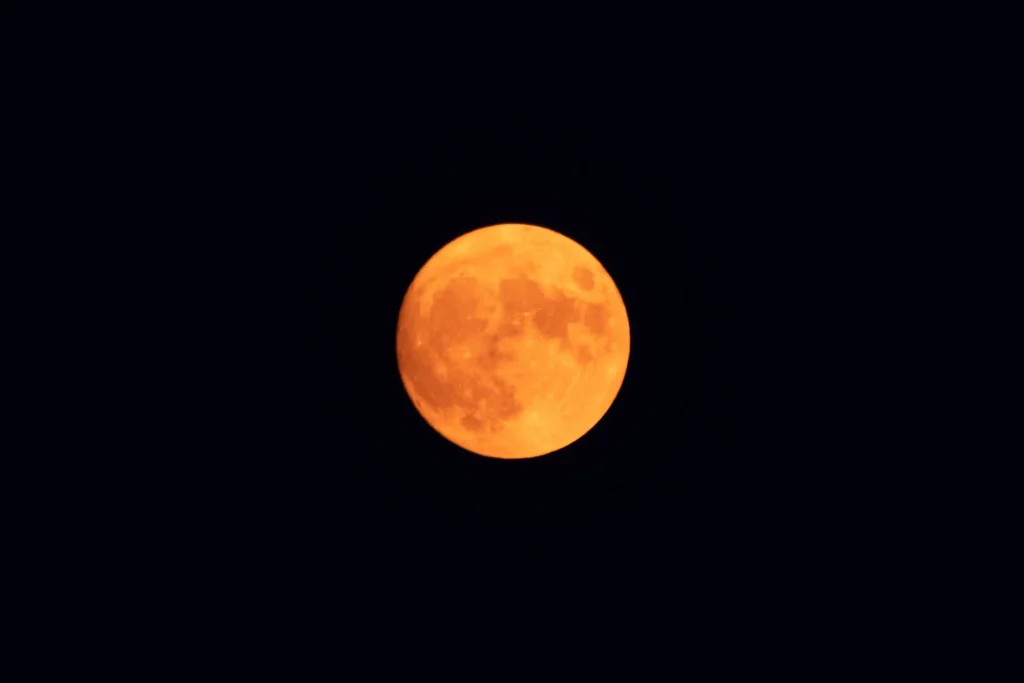
Use a 70-300mm lens, a tripod, and a remote shutter release for taking shots, though just as important is timing. you should check the moonrise time for your location and get into position on time.
You can get a clear idea about the best lenses for moon photography using my previous article. Other than that, if you want to capture an enlarged photo of the strawberry moon, I already shared some tips about how photographers make the moon look big in photos.
June 9th : A conjunction of the Moon and Saturn
On a particular occasion at 20:22 UTC, an astronomical event took place as Saturn passed 2.6 degrees north of the Moon.
During this occurrence, the Moon exhibited a magnitude of -12.2, while Saturn appeared with a magnitude of 0.7. Additionally, the Moon phase at this time was measured to be 61.1%.
June 13th : Venus in M44
As the summer season unfolds, Mars gradually descends while Venus continues its ascent, creating an intriguing chase in the night sky.
Eventually, both planets will be obscured by the overwhelming radiance of the sun, but for now, Venus is set to follow in Mars’ path.
This month, Venus will join the Beehive Cluster (M44) as an additional stellar presence.
While its proximity won’t be as close as Mars managed, the remarkably bright planet will skim the outskirts of the cluster, presenting an excellent opportunity for capturing captivating images.
Adjusting your angle slightly wider will allow you to capture a stunning shot of this celestial conjunction.
June 18th : A Very Young Moon
Step outside and direct your gaze towards the west-northwest just after sunset, and you’ll have the chance to capture a remarkable sight for nightscapes—a delicate crescent moon with only 3% illumination.
This elusive lunar crescent will be positioned amidst the hazy horizon, presenting a captivating photographic opportunity.
Look for it located just below the prominent twin stars of Gemini, Castor, and Pollux.
However, due to its subtle visibility, you might require the assistance of binoculars to locate this ethereal lunar crescent amidst the celestial canvas.
Don’t miss out on the gratifying experience of capturing this breathtaking celestial alignment—a shot that is sure to reward nightscapes with its beauty.
By the way, I have already provided an article on how do I take sharp moon photos. I think it is helpful for you when photographing the moon.
June 21st : June solstice
The solstice marks a significant moment in Earth’s annual orbit around the sun.
During this time, the sun reaches its highest point in the sky, seemingly suspended over the Tropic of Cancer.
While capturing the solstice itself in imagery is challenging, except for sunrise, there is another captivating opportunity to seize after the sun has set.
Look towards the western horizon to witness perhaps the most exceptional planetary conjunction of the month.
A slender crescent moon, illuminated to around 13%, will grace the sky alongside the radiant presence of Venus, shining brightly. Notably, Mars will also be in close proximity to this celestial gathering.
Take advantage of this extraordinary sight, capturing the beauty of the crescent moon, Venus, and Mars aligning harmoniously in the western twilight.
June 10th until June 20th : June’s darkest skies
As we approach the summer solstice, the northern hemisphere experiences the shortest night of the year.
Despite this, the 10 nights surrounding the New Moon on Sunday, June 18 offer exceptional opportunities for night-scaping and astrophotography.
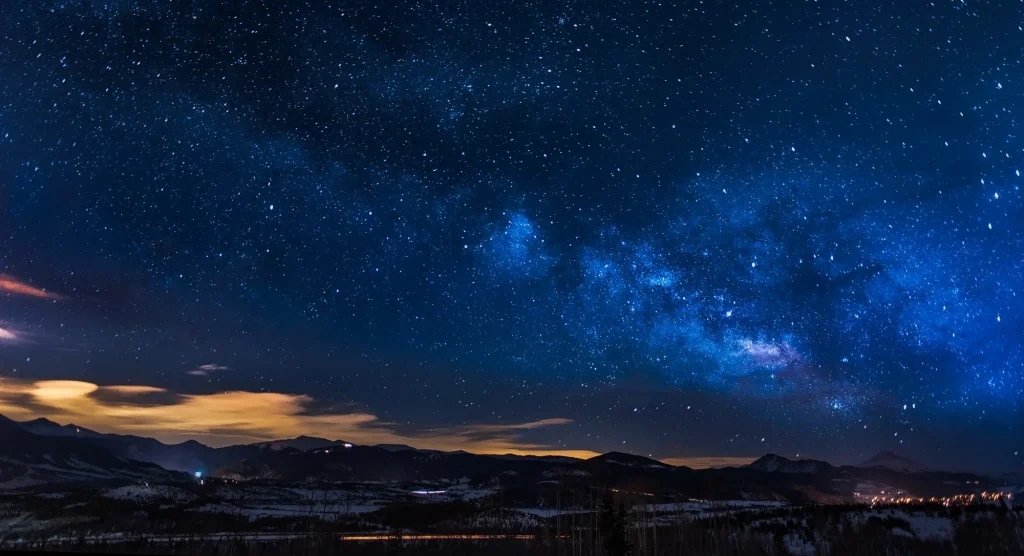
However, it’s important to note that the sun will never dip more than approximately 6 degrees below the horizon during this period.
As a result, you will primarily have to rely on civil twilight, which is the period just before sunrise or after sunset when the sun is between 6 and 0 degrees below the horizon.
While it may not provide the ideal conditions of complete darkness for astronomical observations, civil twilight still presents a unique ambiance and lighting for capturing captivating images of the night sky.
Conclusion
In conclusion, June 2023 offers a plethora of captivating celestial events for astrophotographers to capture.
From the stunning conjunction of Mars and the Beehive Cluster to the alluring full “Strawberry” Moon and the alignment of Venus, the Moon, and Saturn, there are numerous opportunities to document the beauty of the night sky.
Additionally, the appearance of a very young Moon and the remarkable solstice conjunction of the crescent Moon, Venus, and Mars provide further inspiration for astrophotography enthusiasts.
As the summer season unfolds, take advantage of the darkest skies and the magical ambiance of civil twilight to capture breathtaking images that will forever preserve the mesmerizing beauty of June 2023 in the world of astrophotography.
Justin Parker is a professional photographer and has been in the industry since 2007. He attended the University of Georgia. Justin combines his passion for photography and his interest in writing to give life to this blog which talks about photography in order to help and inspire young photographers.

